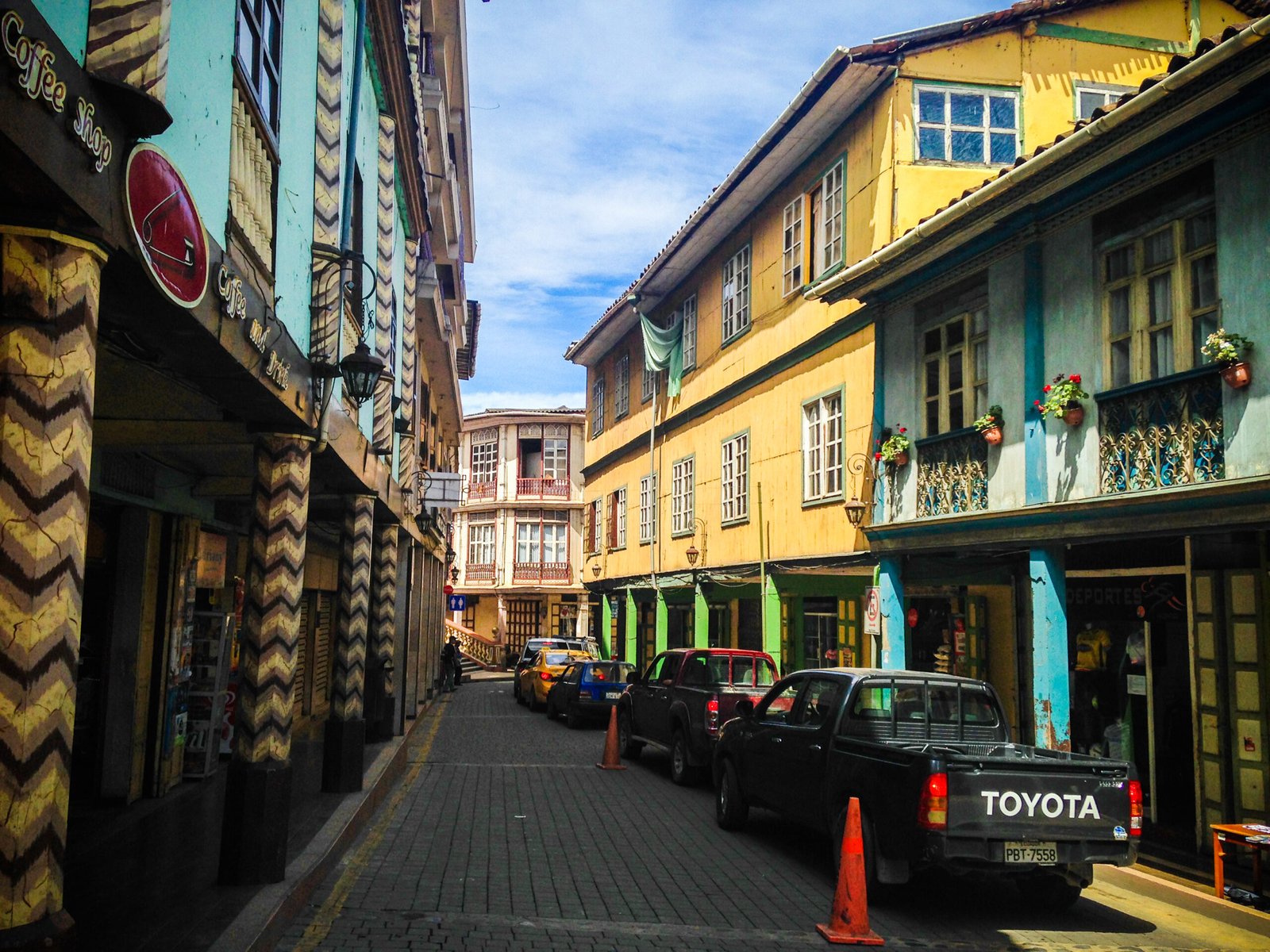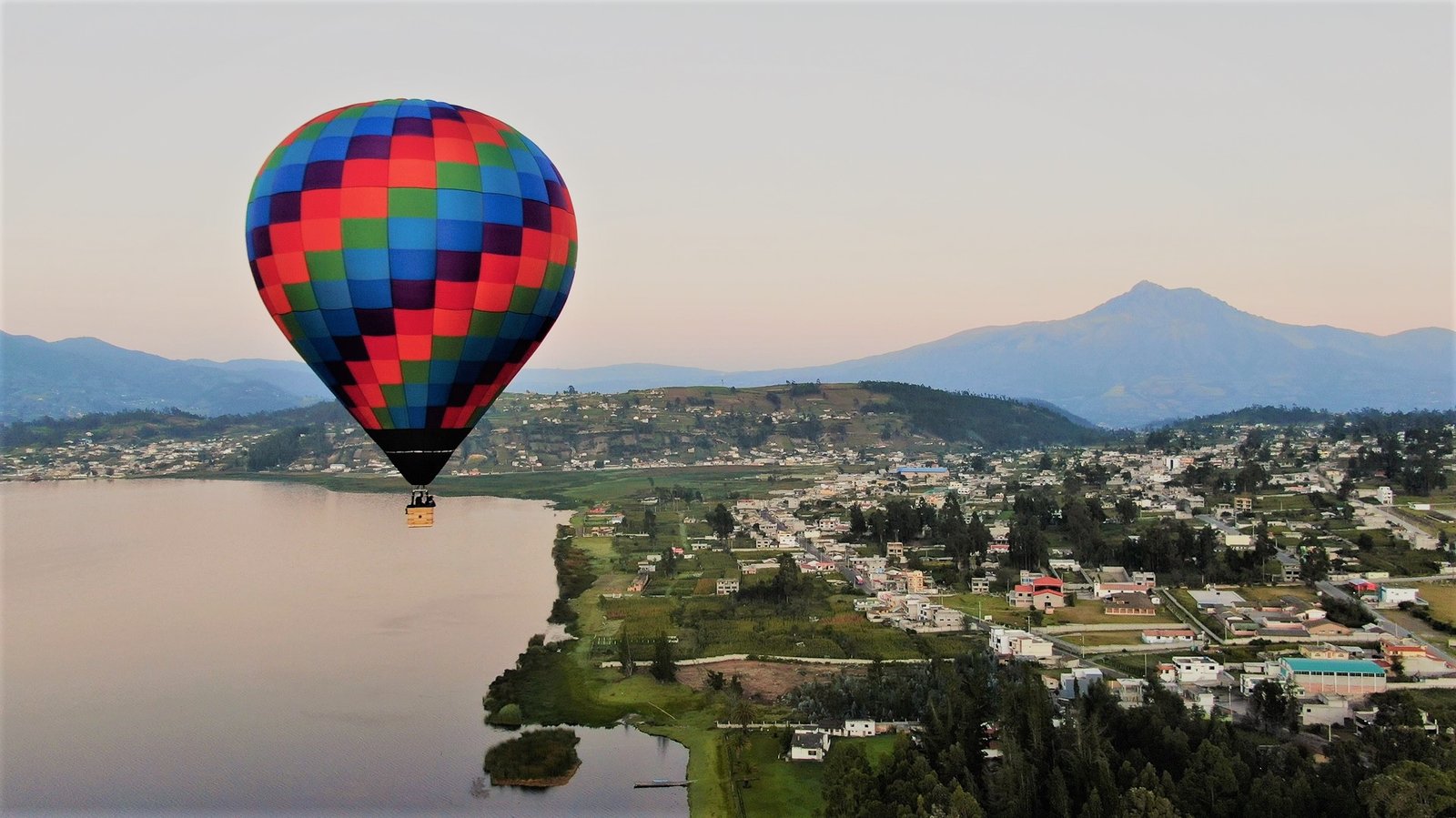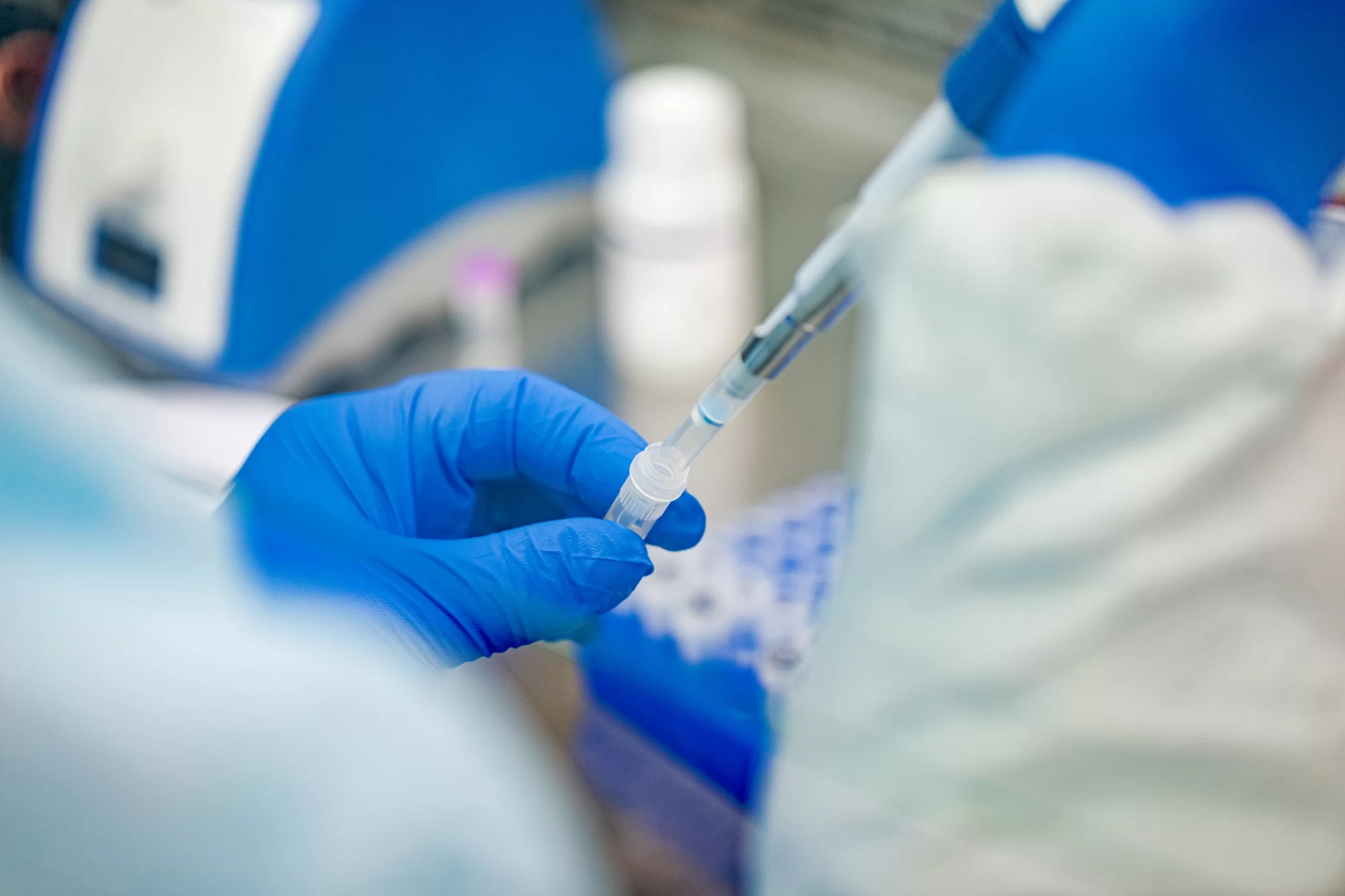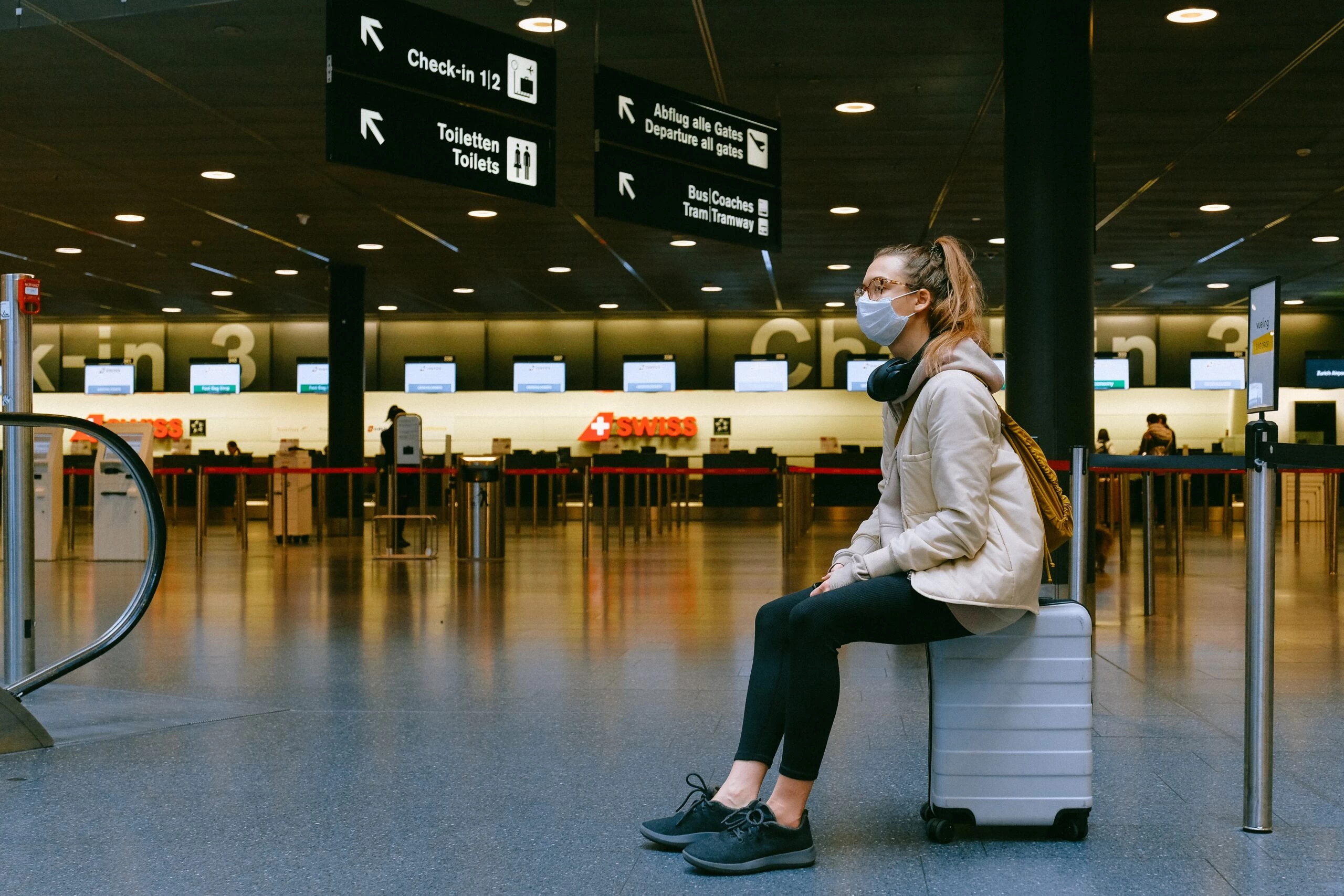Explore Guayaquil's City Hall. A witness to the growth and changes that the city has undergone.
Words & Photos: Trail Forth Journal
The Casa Consistorial, as the City Hall was formerly known, is one of the city’s landmarks. The City Hall of Guayaquil is one of the most representative works of the architect Francesco Maccaferri in Guayaquil.
History of the Guayaquil City Hall.
In the 18th century it was located where it is today, but was then moved to the place where Parque Seminario is today. In 1817, the Town Hall was built in its current location, on the Malecon and 10 de Agosto Street. It was on this site that the Declaration of Independence of Guayaquil was signed on 9 October 1820. In 1908, the building, made of wood and bricks, was burnt down when it was discovered that the underground part of the building was inhabited by rodents that would have caused the bubonic plague that afflicted the city. As a result, the seat of the city administration was moved again, to the building that is now the Club de la Union and to 10 de Agosto and Chile streets.
The Italian influence in Guayaquil's City Hall.
The final cost of the construction of the City Palace was 2′ 305 000 sucres, a very high sum for the time. The building is in the modern Renaissance style, with a mixture of Doric and Gothic art from the 1920s, and is one of the last buildings to be influenced by Italian architects. The inner passage is modelled on the Galleria Vittorio Emanuele di Milano. Its design has strong neoclassical features, inspired by 19th century architecture. The purpose of taking a business centre as a reference was due to the fact that the Cabildo had as a fixed income the rental of premises and offices of other institutions on its ground floor. For this reason, it was also called Palacio Municipal de Comercio (Commercial City Hall.).
The façade is decorated with several Latin phrases, bas-reliefs and columns. The dome is iconic, as are the jars and allegorical figures in the upper triangle of the north façade, created by the Italian sculptor Emilio Soro.
Guayaquil's City Hall location map.
Choose one of the activities to do near the Guayaquil's City Hall.
Inside Palacio Municipal
Palacio Municipal nigth
Characteristic is the Eduardo Arosemena passageway that connects Avenida Malecón with Calle Pichincha. It is named after the first president of the Junta de Beneficencia Municipal de Guayaquil. In 1994, the Municipal Palace was restored under the administration of León Febres-Cordero.
The palace features arches and columns with ornate capitals, domes, balustrades on terraces and balconies. The building was completed in October 1928 and inaugurated on 27 February 1929 on the occasion of the first centenary of the Battle of Tarqui. Over time, the building was only used by the city administration.
Municipal Palace, Guayaquil













